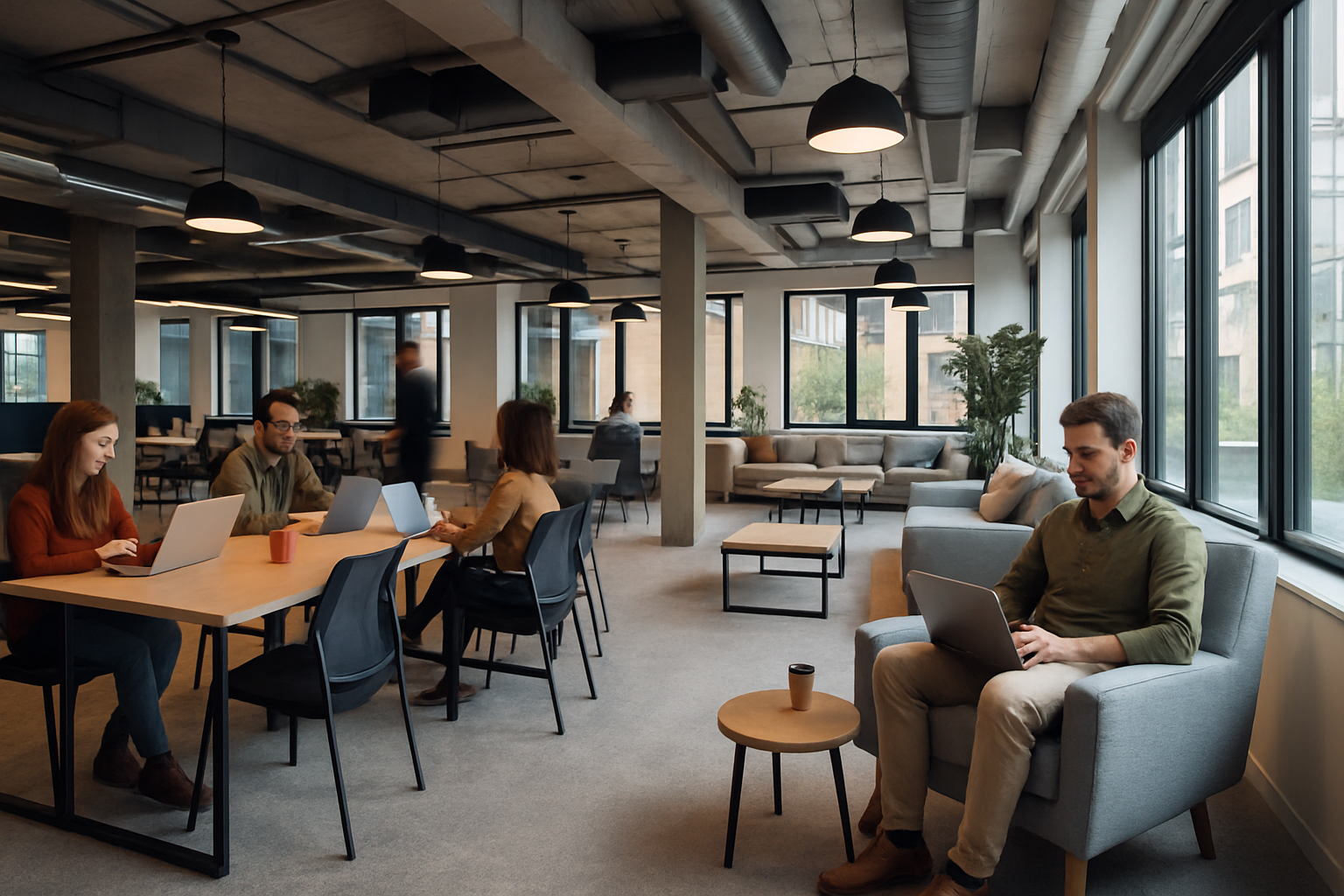The way we work has changed forever. What was once a nine-to-five, desk-bound routine has evolved into a more fluid, flexible reality. As remote and hybrid work arrangements become standard, commercial architecture is undergoing a quiet revolution. Office buildings aren’t just places to work—they’re being reimagined as adaptive, human-centric environments.
Welcome to the era of hybrid workspaces—a response to the new normal that blends collaboration, autonomy, wellness, and sustainability into the built environment. Architects and designers are at the forefront of this transformation, crafting spaces that accommodate both physical presence and digital connection.
Let’s explore the shifting paradigm of workplace design, the architectural trends shaping it, and 18 innovative hybrid workspaces leading the charge.
Why Hybrid Workspaces Matter
Before the pandemic, office design was largely driven by efficiency—maximum occupancy, minimal square footage. But the forced shift to remote work proved that productivity wasn’t tied to a desk.
Now, companies face a new challenge: designing offices that people actually want to return to. And that means:
- Flexible layouts instead of fixed desks
- Technology integration that supports remote collaboration
- Wellness-focused environments
- Spaces that feel more like homes, cafes, or creative hubs than corporate boxes
Hybrid workspaces bridge the gap—offering the best of remote flexibility and in-person connection.
Key Architectural Trends in Hybrid Workspace Design
Architects today are rethinking everything—from how a building breathes to how it makes you feel.
1. Activity-Based Zoning
Instead of uniform cubicles, hybrid offices are divided into zones: focus pods, collaborative lounges, quiet rooms, video call booths, and social hubs.
2. Tech-Integrated Environments
Smartboards, wireless charging stations, acoustic privacy pods, and seamless video conferencing setups make it easy to work from anywhere—whether you’re on-site or dialing in.
3. Biophilic Design
Plants, natural light, wood finishes, and organic materials bring the outdoors in, supporting mental health and creativity.
4. Modular & Flexible Layouts
Furniture and partitions can be rearranged based on changing needs, allowing the space to evolve with its users.
5. Health & Wellness First
Ventilation, air purification, circadian lighting, and ergonomic furniture are now standard features.
6. Sustainability at the Core
Hybrid work reduces commuting—so why not take it further? Energy-efficient systems, low-impact materials, and green certifications are key to future-ready office design.
18 Hybrid Workspaces That Inspire
These pioneering commercial projects from around the world reflect the shift toward more agile, human-centered office environments:
- Google Bay View Campus – California, USA
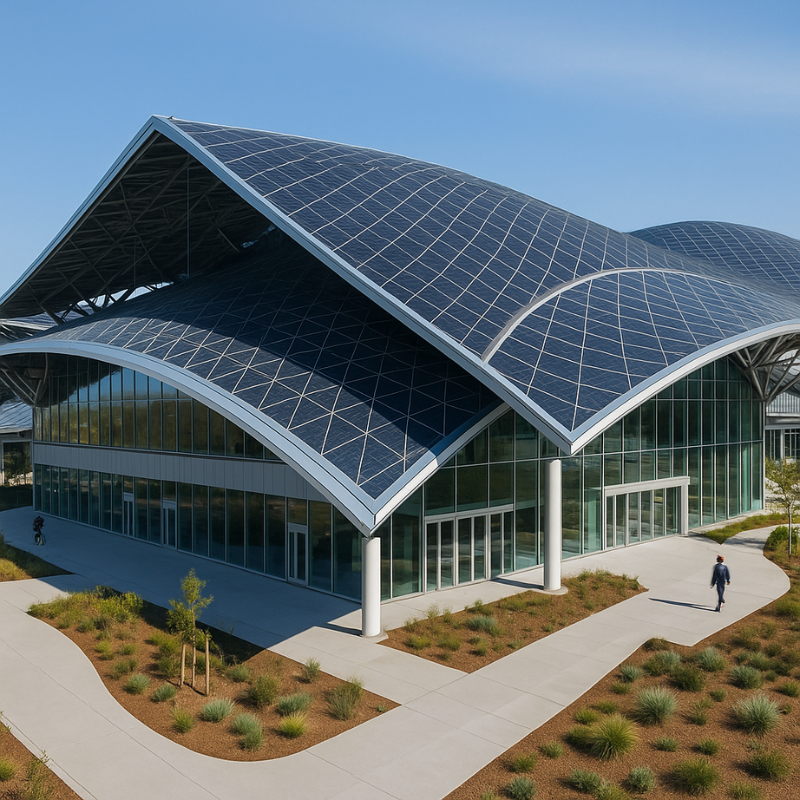
Solar canopies, air-purifying systems, and adaptable work zones define this groundbreaking hybrid HQ. - Arup Melbourne Office – Australia
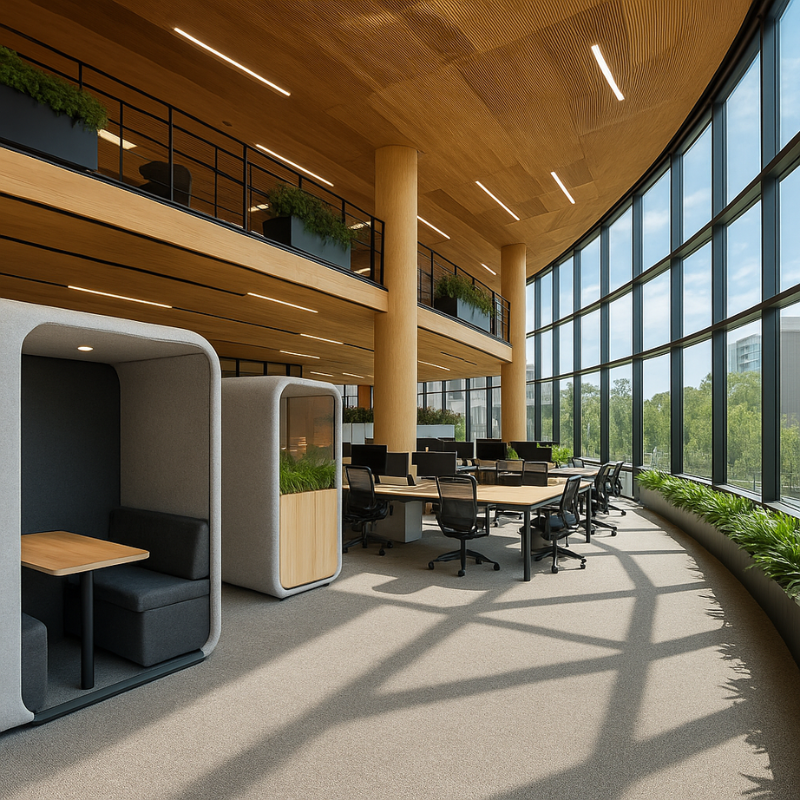
Activity-based working, breakout pods, and daylight-rich interiors support a hybrid engineering culture. - Steelcase Learning + Innovation Center – Munich, Germany
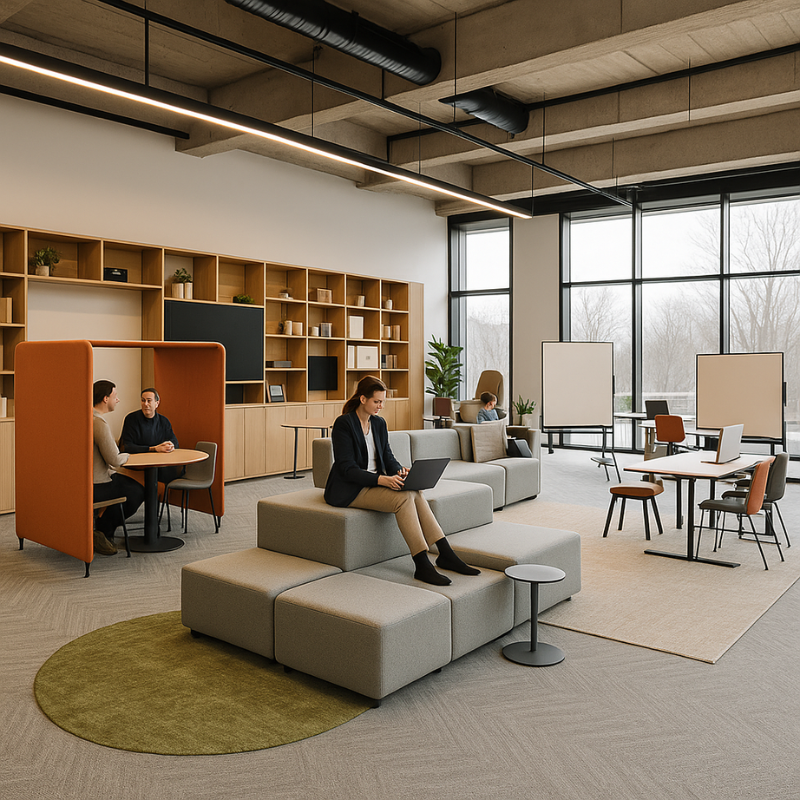
A living lab that tests the future of work, featuring modular zones and inclusive tech infrastructure. - Zaha Hadid Architects – London, UK

Their office blends exhibition space, workstations, and digital collaboration zones in fluid harmony. - Salesforce Tower – San Francisco, USA
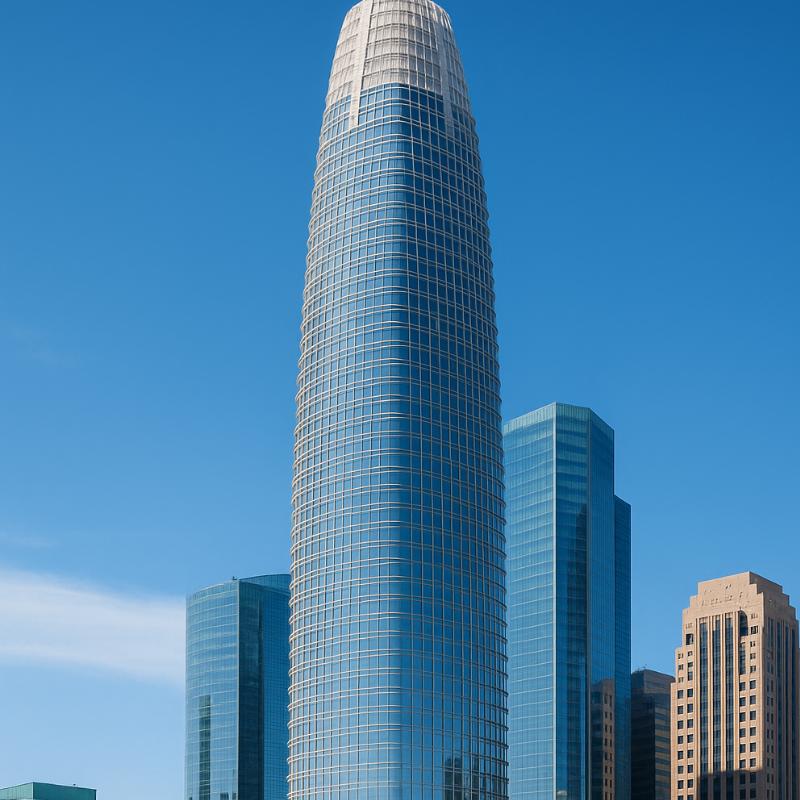
Home to “flex floors” and wellness suites, the building is a benchmark in post-pandemic design. - The Dock by Accenture – Dublin, Ireland
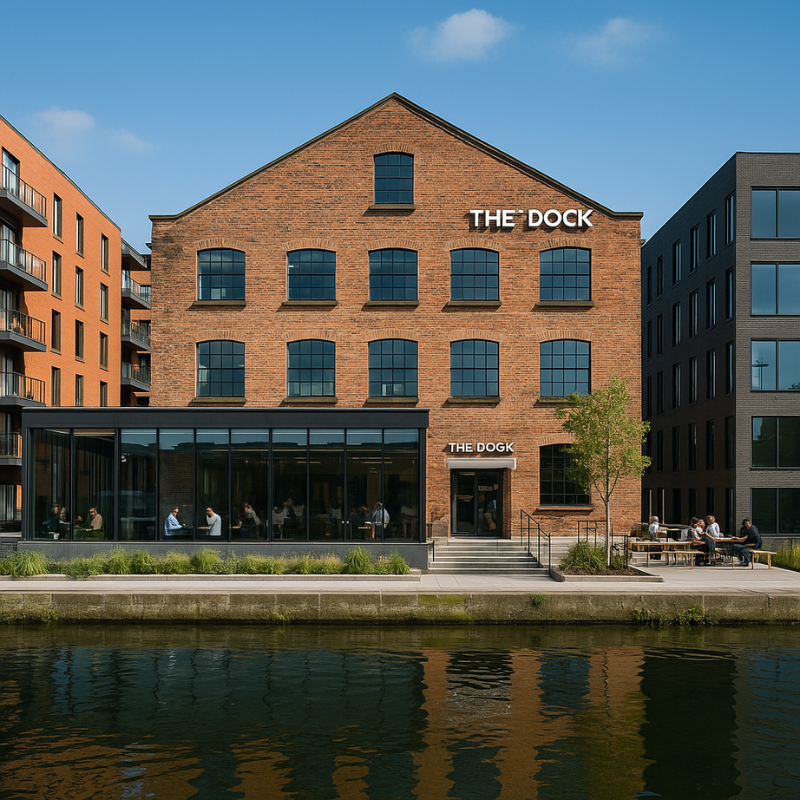
Combines co-working, research, and tech incubation in a converted warehouse with community-driven space. - ING Cedar – Amsterdam, Netherlands

Built for flexibility with transparent meeting hubs and neighborhood-style work clusters. - Bloomberg HQ – London, UK

Biophilic design and acoustically engineered zones optimize the hybrid working rhythm. - WELL Building at ASID HQ – Washington DC, USA
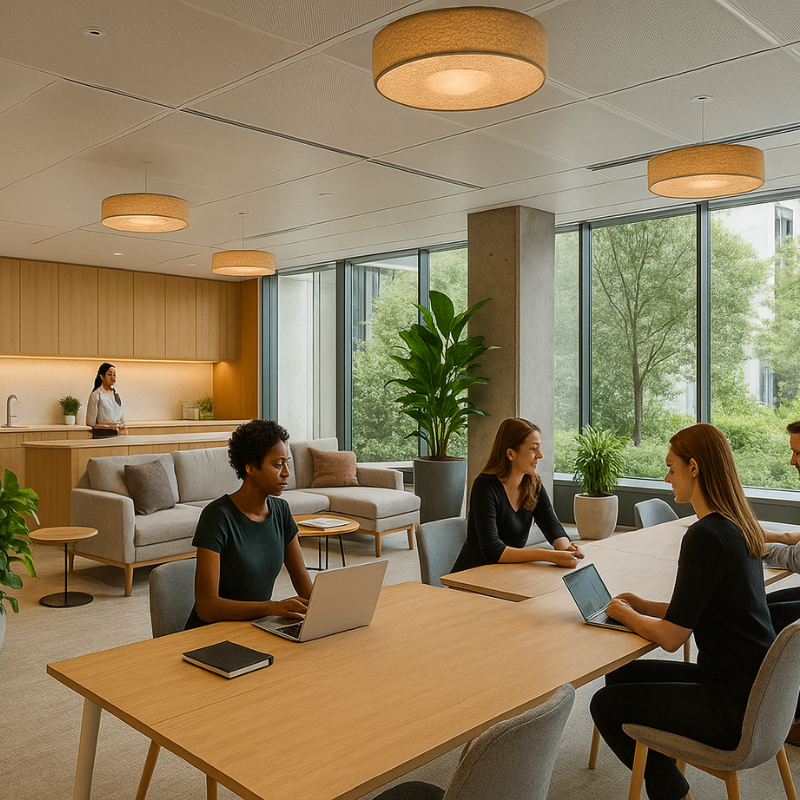
The first space globally to achieve both LEED and WELL Platinum status—designed entirely for health-conscious, flexible work. - Workplace6 – Sydney, Australia
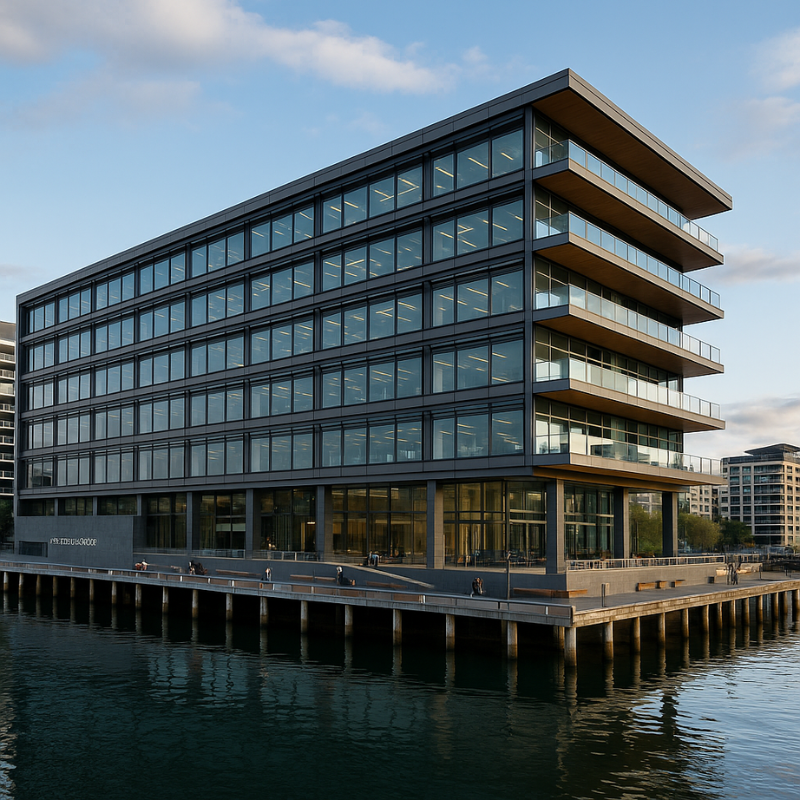
A carbon-neutral, waterfront office with agile layouts, breakout decks, and eco-first principles. - Gensler Los Angeles Office – USA

An ever-evolving office/lab hybrid that adapts to how—and when—people want to work. - Spotify Headquarters – Stockholm, Sweden
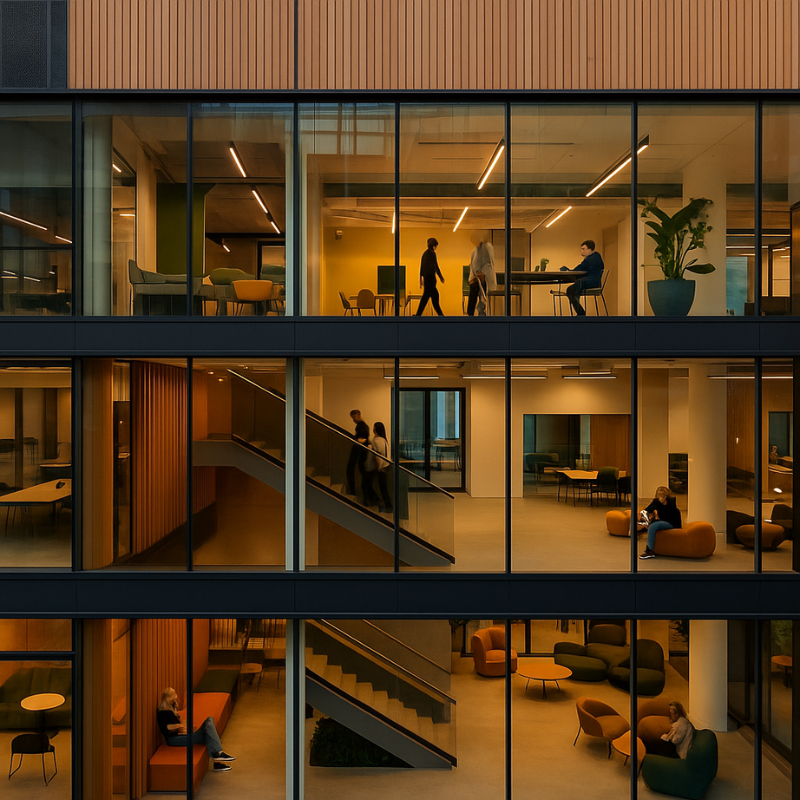
Designed for “work modes,” letting employees choose spaces suited to their task—focus, collaborate, or relax. - PwC Experience Center – Madrid, Spain
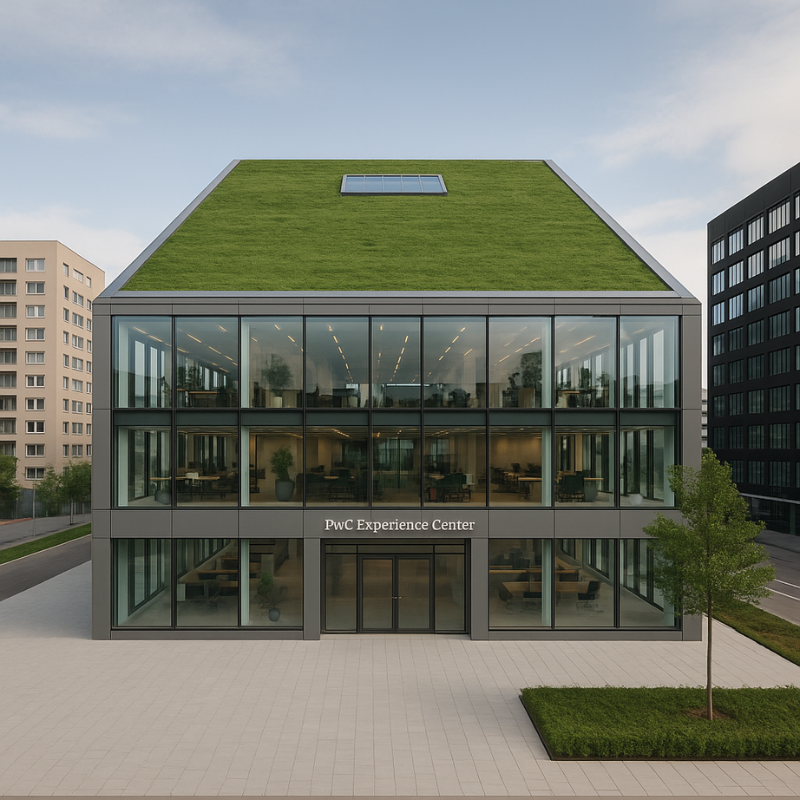
Merges creativity, digital experimentation, and agile work under one green roof. - Cisco Toronto Innovation Hub – Canada
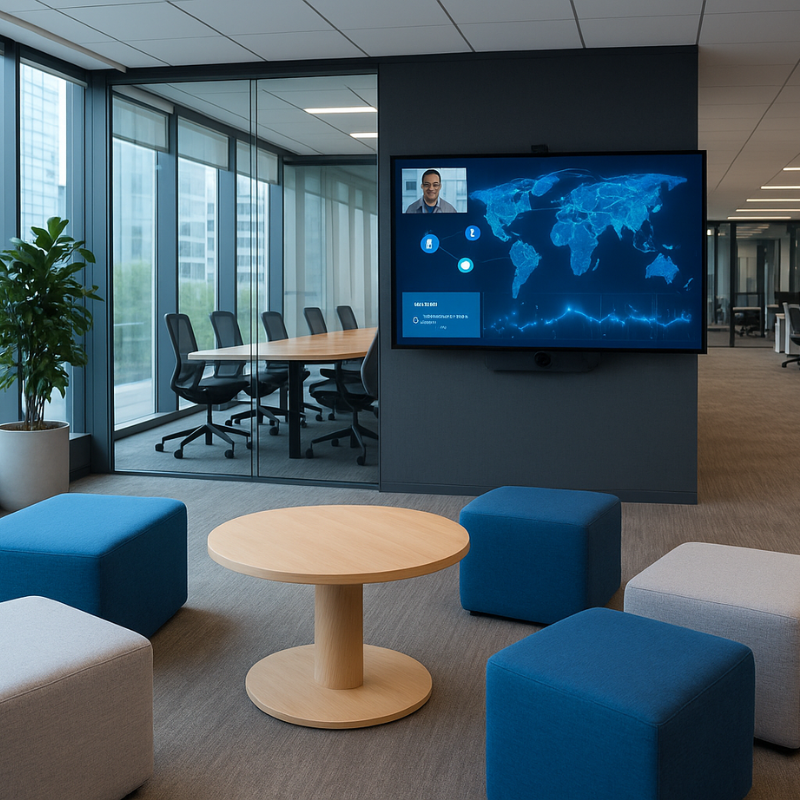
A hybrid-ready office embedded with IoT and smart tech, supporting collaboration across time zones. - Airbnb Headquarters – San Francisco, USA
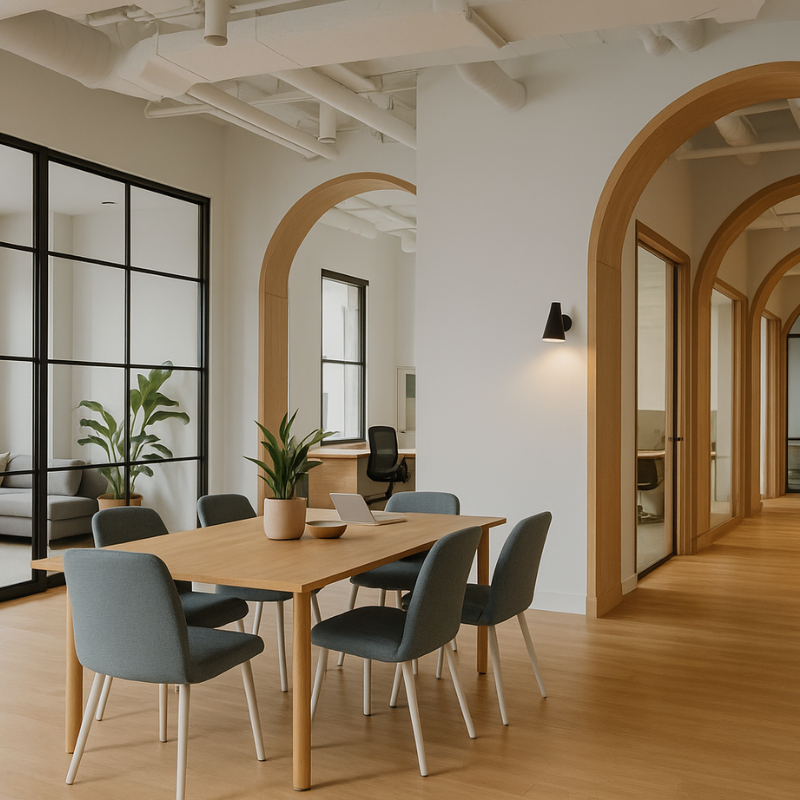
Neighborhood-themed floors, homelike interiors, and moveable elements reflect hybrid hospitality. - Microsoft India Development Center – Noida, India
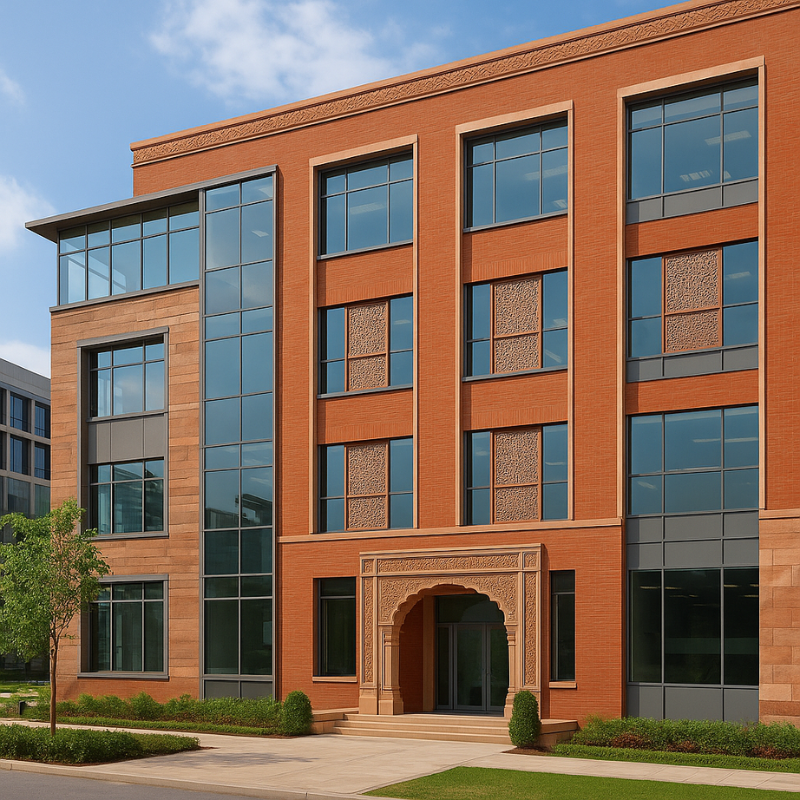
Inspired by local culture, the office integrates touch-down spaces, quiet nooks, and tech labs. - The Edge – Amsterdam, Netherlands
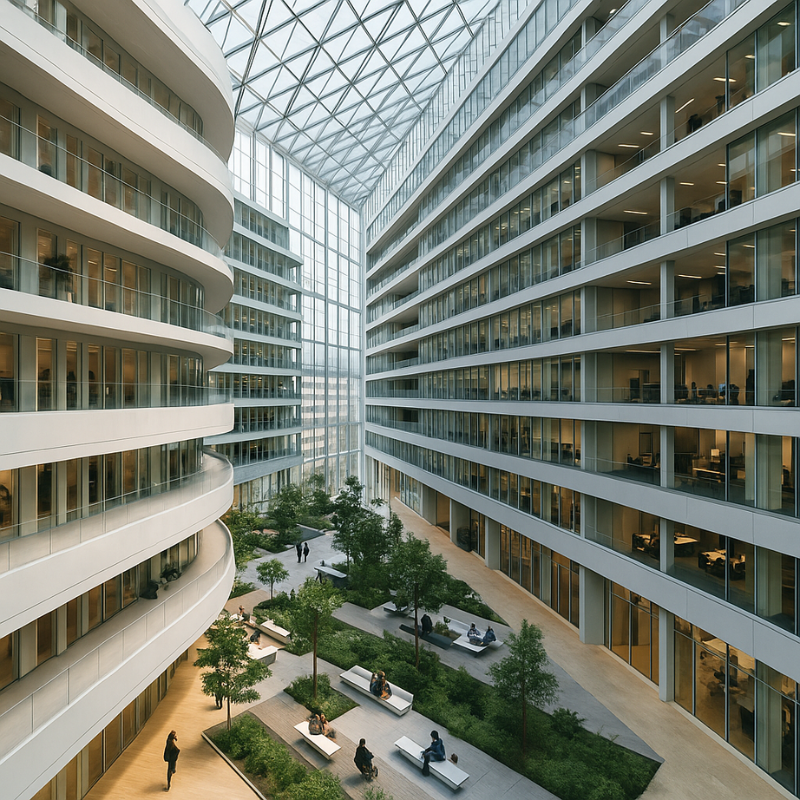
Often cited as the world’s smartest office, offering sensors, automation, and flexible use zones. - Atlassian HQ (under construction)—Sydney, Australia
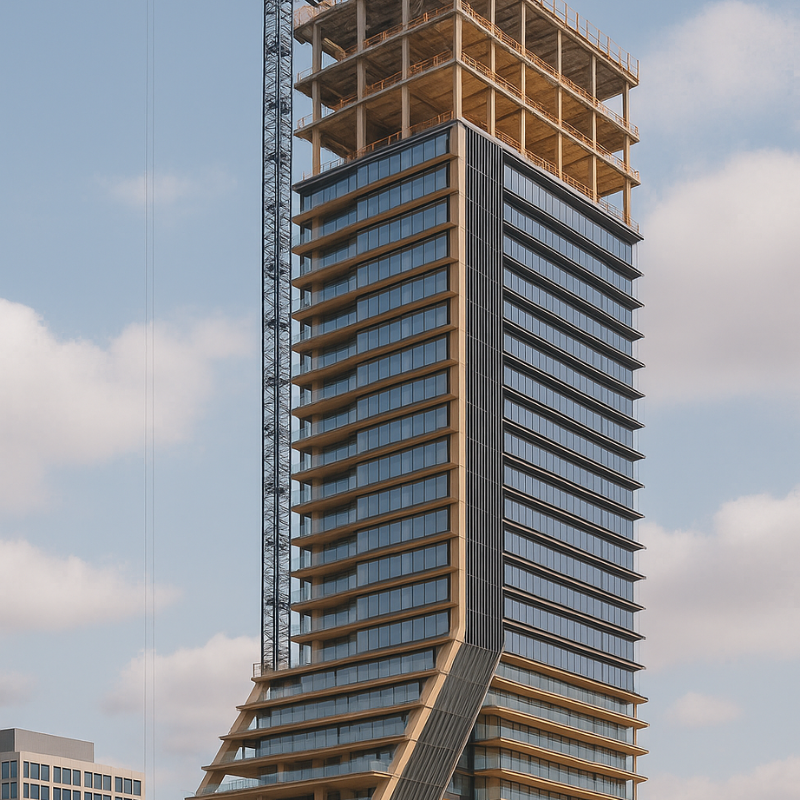
Designed as the world’s tallest hybrid timber tower, prioritizing sustainability and new-age work.
Hybrid Design = A More Resilient Future
Hybrid workspaces are more than a trend—they’re a strategic evolution of commercial architecture. They answer the real needs of the modern workforce: autonomy, connection, wellness, and purpose.
By designing with flexibility, technology, and people at the center, architects are shaping spaces that help teams thrive, not just function.
Final Thoughts: It’s Time to Rethink the Office
The new normal demands new thinking—and architecture is answering that call.
At Ideas for Architecture, we believe that hybrid workspaces are just the beginning. From modular urban offices to rural co-working retreats, the future of work is being built one thoughtful design at a time.
Ready to explore more innovative ideas shaping the built environment?
Subscribe now and get inspiration delivered to your inbox—straight from the cutting edge of architecture and design.





